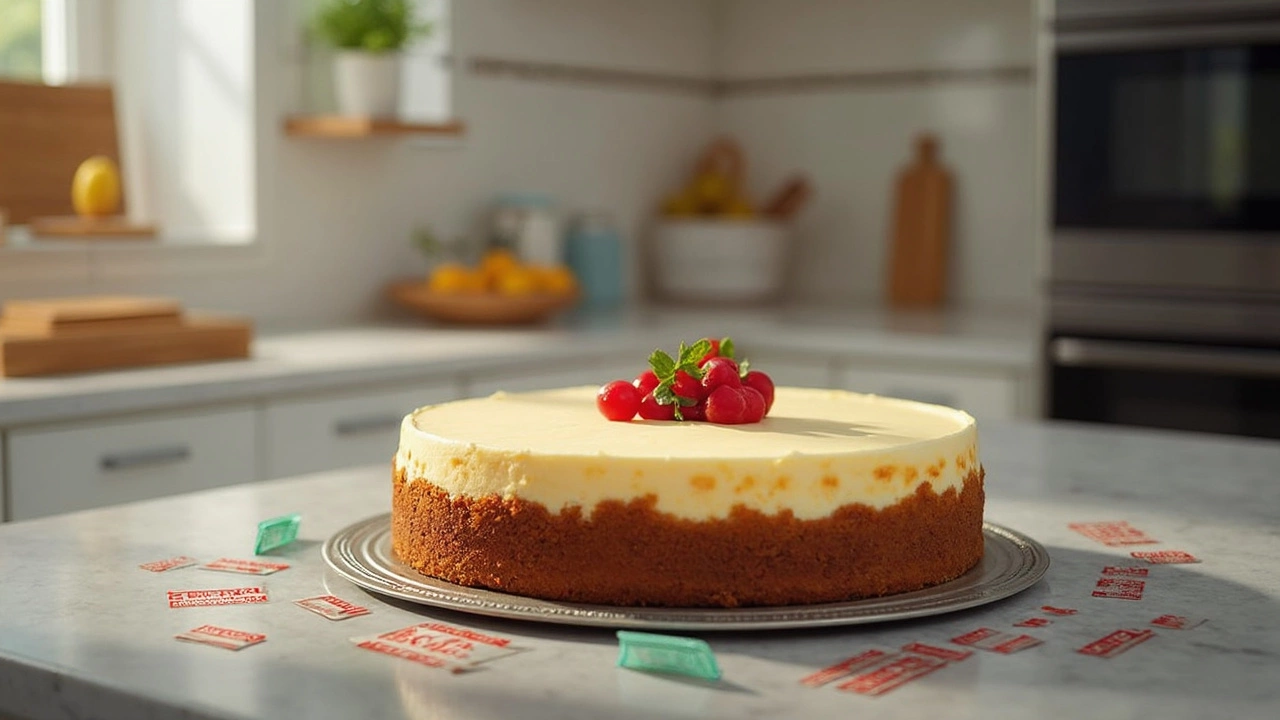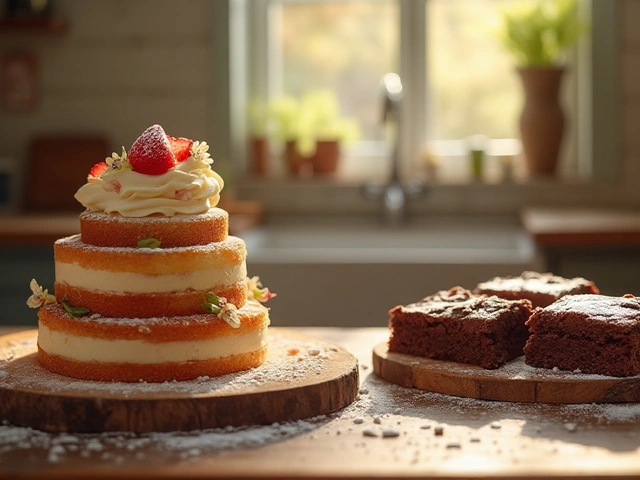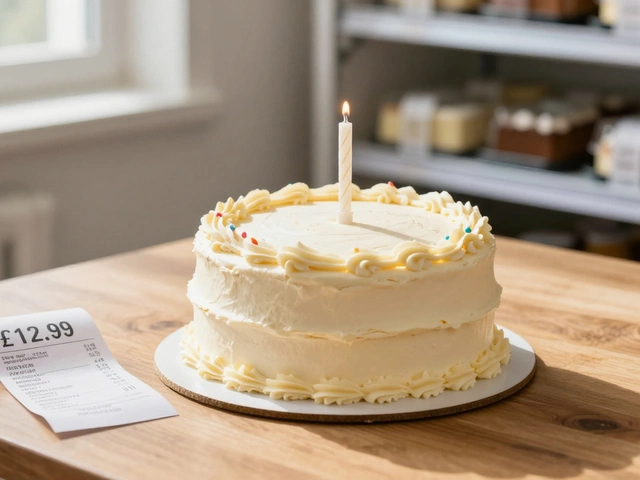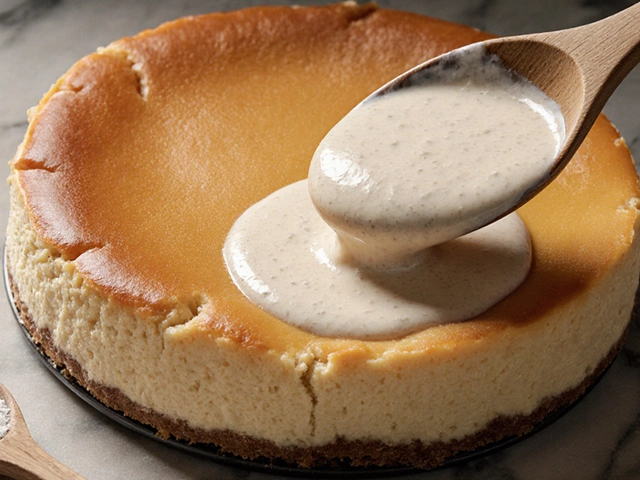Cheesecake Storage Tips: Keep Your Slice Fresh Longer
If you’ve just baked a gorgeous cheesecake or bought one from the shop, you probably wonder how long it will stay tasty. The short answer: store it right. A few simple steps—cover, chill, and label—can keep your cheesecake creamy for up to a week in the fridge or several months in the freezer.
Refrigerate Properly
The fridge is the first stop for any cheesecake you plan to eat within a week. Let the cake cool completely before you move it. Then, wrap the whole pan tightly with plastic wrap or transfer the slice to an airtight container. This prevents the cake from soaking up odors and stops the surface from forming a dry crust.
Keep the temperature between 35°F and 40°F (2°C‑4°C). A cheesecake left uncovered for more than a few hours can dry out, and the creamy filling may start to separate. If you need to transport it, a sturdy cake box with a snug lid works well—just make sure it stays cold on the way.
Freezing for Longer Storage
Want to keep a cheesecake for months? Freezing is the way to go. First, wrap the cake tightly in a double layer of plastic wrap, then add a sheet of aluminum foil. This double barrier keeps freezer burn away and preserves flavor.
Label the package with the date and type of cheesecake. When you’re ready to serve, move it to the fridge and let it thaw overnight. Thawing slowly keeps the texture smooth; a quick room‑temperature thaw can make the filling grainy.
For individual slices, use a zip‑top freezer bag. Place the wrapped slice flat, squeeze out air, and freeze. This method makes it easy to grab a single piece without defrosting the whole cake.
How Long Can You Keep It?
In the refrigerator, a plain cheesecake lasts about 5‑7 days if it stays sealed. Fruit‑topped versions may shorten that window to 3‑4 days because fruit releases juices that can make the crust soggy. In the freezer, a well‑wrapped cheesecake can stay good for 2‑3 months without noticeable flavor loss.
Always check for signs of spoilage before serving: a sour smell, mold, or a watery layer on top means it’s time to toss it. When in doubt, err on the safe side—cheesecake is worth a little caution.
With these storage tricks, you’ll enjoy every creamy bite without waste. Keep your cheesecake covered, chilled, and labeled, and you’ll have a ready‑to‑eat dessert whenever the craving hits.

When Should You Avoid Eating Cheesecake? Essential Health Tips and Facts
Discover surprising reasons to skip cheesecake. Learn about food safety, health risks, allergies, and smart storage. Stay safe and enjoy dessert smarter!
View More




